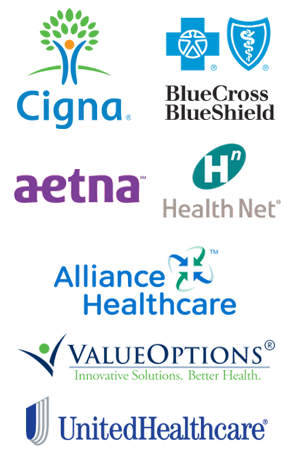Cocaine
Cocaine is an intense, euphoria-producing stimulant drug with strong addictive potential. Cocaine is a Schedule II drug under the Controlled Substances Act, meaning it has a high potential for abuse and limited medicinal use. At one point in time cocaine hydrochloride solution (4% and 10%) was used primarily as a topical local anesthetic for the upper respiratory tract. It was also used to reduce bleeding of the mucous membranes in the mouth, throat and nasal cavities. However, better products have been developed for these purposes and cocaine is rarely used medically in the United States now a days.
Cocaine is extracted from the leaves of the coca plant. The cocaine manufacturing process takes place in remote jungle labs where the raw product undergoes a series of chemical transformations. These plants are generally grown in Bolivia, Peru and Colombia. Colombia produces about 90% of the cocaine powder reaching the United States. According to the 2005 Colombia Threat Assessment, 90% of the cocaine shipped to the United States comes from the Central America-Mexico corridor.
Cocaine is usually distributed as a white, crystalline powder. It is often diluted with a variety of substances, the most common of which are sugars and local anesthetics. It is “cut” to stretch the amount of the product and increase profits for dealers. Powdered cocaine can be snorted or injected into the veins after dissolving in water. Cocaine is also abused in combination with an opiate, like heroin, a practice known as “speed-balling.” In contrast, cocaine base (crack) looks like small, irregularly shaped chunks or “rocks” of a whitish solid. Crack is usually smoked, either by itself or in combination with marijuana or tobacco. Although injecting into veins or muscles, snorting and smoking are the common ways of use, all mucous membranes readily absorb cocaine.
In a typical use setting cocaine users typically binge on the drug until they are exhausted or run out of product. The intensity of cocaine’s euphoric effects depends on how quickly the drug reaches the brain, which depends on the dose and method of administration. When smoked or injected intravenously cocaine reaches the brain in seconds, with the drug level rapidly building in the body. This results in a rapid-onset, intense euphoric effect known as a “rush.” On the other hand, the euphoria caused by snorting cocaine is less intense and does not happen as quickly due to the slower build-up of the drug in the brain.
Side effects of cocaine abuse include increased alertness and excitation, restlessness, irritability and anxiety. Tolerance to cocaine’s effects develops rapidly, causing users to require larger and larger amounts of the drug to achieve the same high. Taking large doses of cocaine or extended use, such as binging, usually causes a paranoid feeling in the user. The crash that follows the euphoric feeling is characterized by mental and physical exhaustion and depression lasting several days. Following the crash users often experience a craving to use cocaine again to even out the feelings of hopelessness and exhaustion they are experiencing. Physiological effects of cocaine include increased blood pressure and heart rate, dilated pupils, insomnia and loss of appetite.
The widespread abuse of highly pure street cocaine has led to many adverse health consequences such as cardiac arrhythmias, ischemic heart conditions, sudden cardiac arrest, convulsions, strokes and death. Chronic snorting of cocaine can lead to the erosion of the upper nasal cavity. Overdose effects include agitation, increased body temperature, hallucinations, convulsions and possible death.
Street names of cocaine include: Coca, Coke, Crack, Flake, Snow, Soda and Blow. Drugs that cause similar effects include: methamphetamine.
If you or someone you love has a problem with bath salts, call our professionals at Sobriety Resources (855)289-2640 today to experience the freedom of sobriety.


